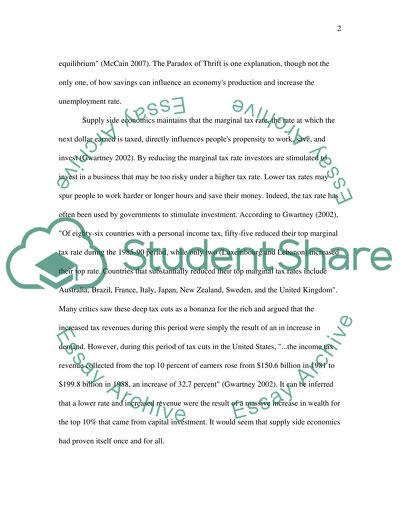Cite this document
(The Paradox of Thrift Case Study Example | Topics and Well Written Essays - 2500 words, n.d.)
The Paradox of Thrift Case Study Example | Topics and Well Written Essays - 2500 words. Retrieved from https://studentshare.org/macro-microeconomics/1532614-macroeconomics-case-study
The Paradox of Thrift Case Study Example | Topics and Well Written Essays - 2500 words. Retrieved from https://studentshare.org/macro-microeconomics/1532614-macroeconomics-case-study
(The Paradox of Thrift Case Study Example | Topics and Well Written Essays - 2500 Words)
The Paradox of Thrift Case Study Example | Topics and Well Written Essays - 2500 Words. https://studentshare.org/macro-microeconomics/1532614-macroeconomics-case-study.
The Paradox of Thrift Case Study Example | Topics and Well Written Essays - 2500 Words. https://studentshare.org/macro-microeconomics/1532614-macroeconomics-case-study.
“The Paradox of Thrift Case Study Example | Topics and Well Written Essays - 2500 Words”, n.d. https://studentshare.org/macro-microeconomics/1532614-macroeconomics-case-study.


